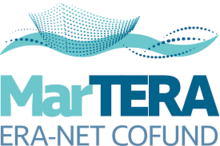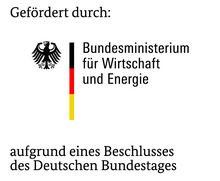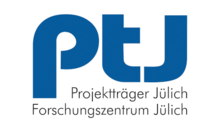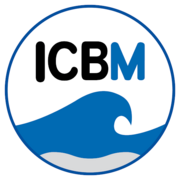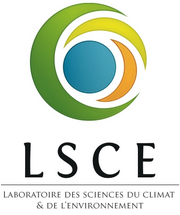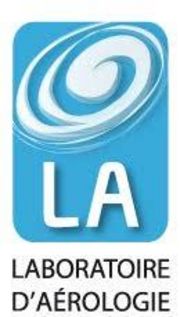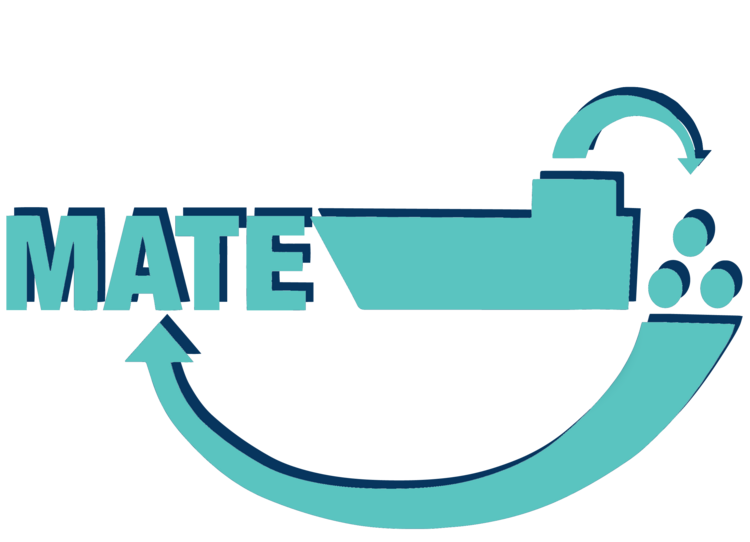
MATE - MAritime Traffic Emissions: A monitoring network
Duration: 3 Years (August 2020 until July 2023)
Contact:
Prof. Dr. OLIVER WURL
Phone: +49-(0)4421-944 228
Fax: +49-(0)4421-944-140
E-Mail: oliver.wurl@uol.de
MATE Newsletter
MATE
MAritime Traffic Emissions: A monitoring network
MATE is a MarTera ERA-NET Cofund project carried out in collaboration with partners from France, Cyprus and Germany.
What is MATE about?
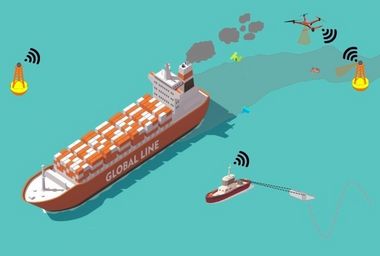
Shipping traffic is increasing worldwide, with 90% of the world trade transiting the ocean. Emissions from shipping pose a serious threat to the marine environment and coastal populations, especially in ports and along densely populated shipping lanes. Annual emissions from shipping reach millions of tons of particulate matter (PM2.5, i.e. < 2.5 µm), sulfur oxides (SOx) and nitrogen oxides (NOx). These pollutants have been associated with severe health effects and premature mortality among coastal populations in Europe and Asia. These health effects are expected to worsen as a result of the continued increase in global shipping traffic over the last decade. In addition, these pollutants are highly mobile as they are deposited in the water and transported across borders.
Regulations by the United Nations International Maritime Organization (IMO) require port authorities to monitor air and water pollutants from maritime transport, not only along European waterways and ports, but worldwide.
Tasks and objectives
The MATE project objective is to develop a complete monitoring network. The network will monitor pollution and ship emissions in the atmosphere, in the water and on the water surface. Currently, there is no system available on the commercial market that allows comprehensive monitoring. However, this is needed for the enforcement of current regulations on emissions and pollution from shipping.
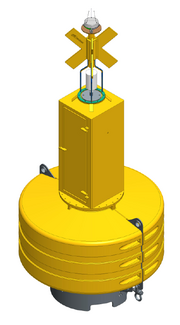


The monitoring network will be based on three platforms. The platforms are buoys, drones and towed bodies. The platforms have the following tasks:
- The network of data buoys will allow continuous monitoring of ship emissions in the atmosphere and water, including black carbon (BC), oil residues, SOx and plastic debris. New sensors for black carbon will be developed as well as an awareness of acute threats from ship collisions and oil spills.
A surface skimmer is being developed for taking samples from the marine interface. A hyperspectral sensor uses an artificial intelligence algorithm, which will be developed within the project, to detect contamination on the water surface, such as plastic or oil spills.
- In case of acute contamination, land-based drones are activated to observe and track contamination plumes from the air. The drones are equipped with newly developed sensors and adapted to the respective field of application.
- A towed body enables the operator to monitor ship-bound contamination in coastal waters over a larger area or in case of serious accidents. The towed body can monitor the entire water column by an undulating movement.

![[Translate to English:]](/f/5/_processed_/3/2/csm_ICBM-Logo-transparent-_91fe1c6774.png)
